MISSION STATEMENT
The History Museum provides knowledge to make a positive impact on the future by collecting, preserving, and interpreting our region’s heritage.
VISION STATEMENT
We envision a community engaged in discovering and understanding the history of the St. Joseph River Valley in Indiana and Michigan to learn from the past, inform the present, and inspire a better future.
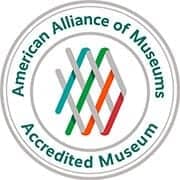
The History Museum was awarded accreditation by the American Alliance of Museums in October 2015 for its demonstration of the highest professional standards for education, public service and collections stewardship, and its commitment to continued institutional improvement. Accreditation places The History Museum at the very top of the continuum of excellence and among a group of fewer than five percent of American museums so honored.
WE INVITE YOU TO TAKE A TOUR OF OUR MUSEUM
Established in 1867 and located in the heart of South Bend, The History Museum educates and enlightens the public through its exhibits, guided tours, public programs, and a collection of over 600,000 artifacts. It has a significant presence in the Midwest as a nationally accredited museum campus. Through its offerings, The History Museum is a place where the past is documented so that the present may be better understood.
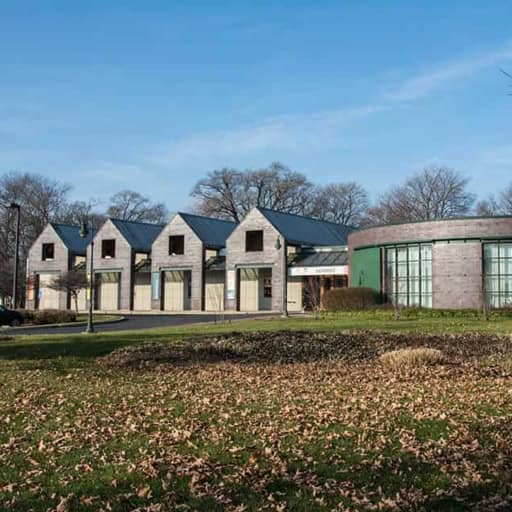
At its center is a 40,000 square foot history museum with seven exhibit galleries. Our main entrance is located on Thomas Street, and free parking is right outside the front door of the building.
Inside the front doors is the lobby, where the friendly Visitor Services staff members stand ready to greet visitors, sell admission tickets, and offer information about the museum.
On the grounds of The History Museum are three historic houses, Copshaholm, the Worker’s Home, and the Navarre Cabin. Guided tours of Copshaholm and the Worker’s Home are given daily. Copshaholm, the Oliver Mansion, is a 38-room historic house where the J.D. Oliver family once lived. They moved into their new home on New Year’s Day 1897 and lived there for the next 75 years. All of furnishings are original to the home, offering an impressive look at their life.
The fragrant Historic Oliver Gardens surrounding Copshaholm provide a lush backdrop to the 38-room Victorian mansion. Brick walkways line the Sunken Gardens. Its Tea House is an elegant focal point of the Tennis Lawn, and the Pergola extends from the Oliver Mansion.
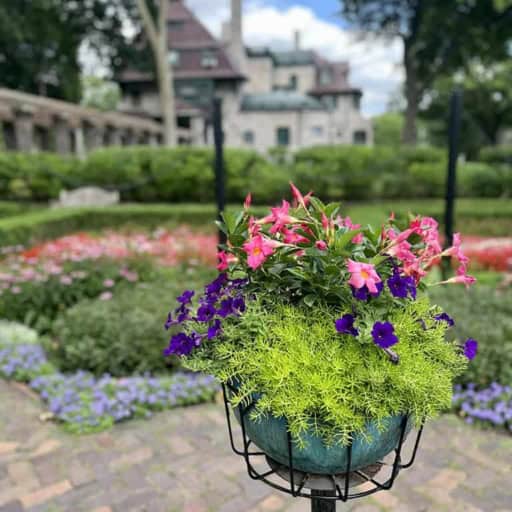
The Worker’s Home, interpreted as the residence of a 1950s African American family, explores our community’s African American history as well as the Great Migration and the Civil Rights Movement.
Nearby is the Navarre Cabin. Built circa 1820, the cabin is the oldest structure in the community, home of Pierre Navarre, the county’s first pioneer settler. Recently relocated to The History Museum’s campus from a nearby park, the cabin will be the main structure of a homestead that is currently being planned. Programs for the public and school students are being scheduled for 2025.

With its handsome brick walls and comfortable seating for 125, a large stage and podium, WiFi capabilities, and technological options, the Wiekamp Auditorium can accommodate large groups for public programs as well as private business meetings.

The Leighton Gallery, with its winding staircase, is home to the exhibit Unseen Treasures of the Oliver Mansion, presenting unique stories of the Oliver family as well as the mansion’s artifacts. Stylishly elegant, the space is also an elegant location for private events.
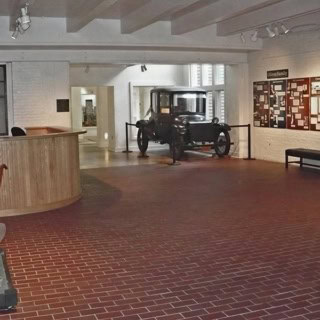
At one time the area where the Oliver family housed their automobiles, carriages, and horses, the Carriage House maintains that original atmosphere with its brick floors. Here, public programs and private parties can absorb the room’s historic feel. It now is part of The History Museum’s main building.

The Raclin Gallery of Notre Dame History showcases changing exhibits that engages visitors with stories of the University’s long and outstanding history.
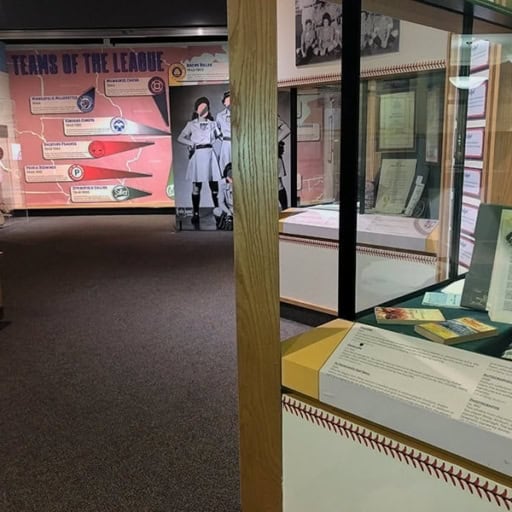
The permanent exhibit First in Their Field transports visitors in time to the 1940s and ‘50s when the All-American Girls Professional Baseball League, including the South Bend Blue Sox, was active. With teams throughout the Midwest, the league’s story was immortalized in the film “A League of Their Own.”

Through seven exhibits in Voyages Gallery, visitors can explore compelling stories of the people of the St. Joseph River Valley, from the prehistoric era to present-day cities. Self-guided tours encourage visitors to savor each moment of their experience for as long as they like.
Young ones are thrilled with Kidsfirst, a hands-on area that engages children in imaginative, interactive experiences.